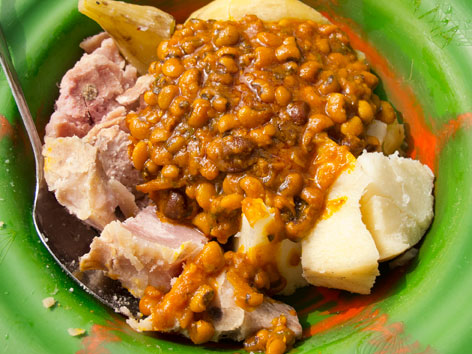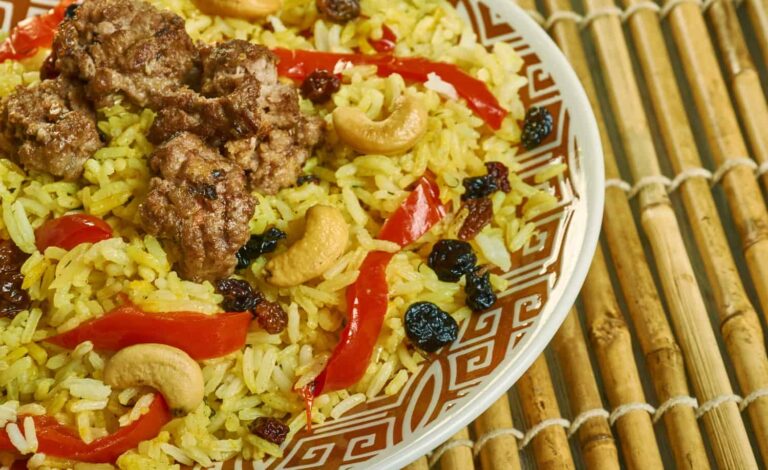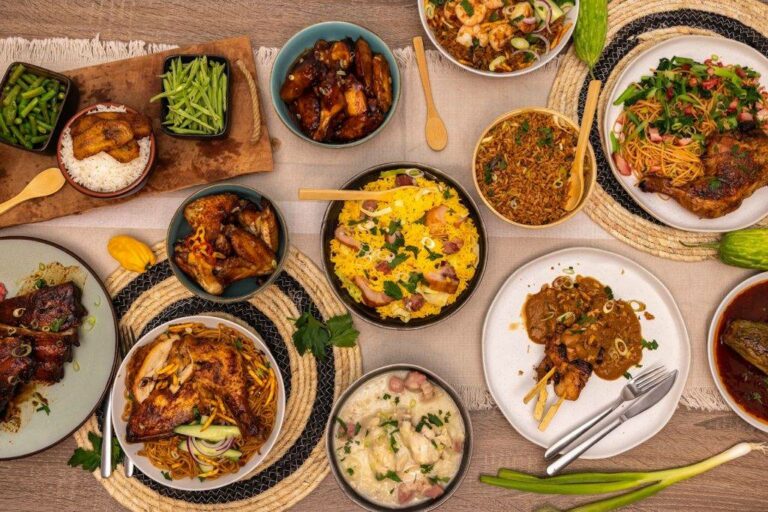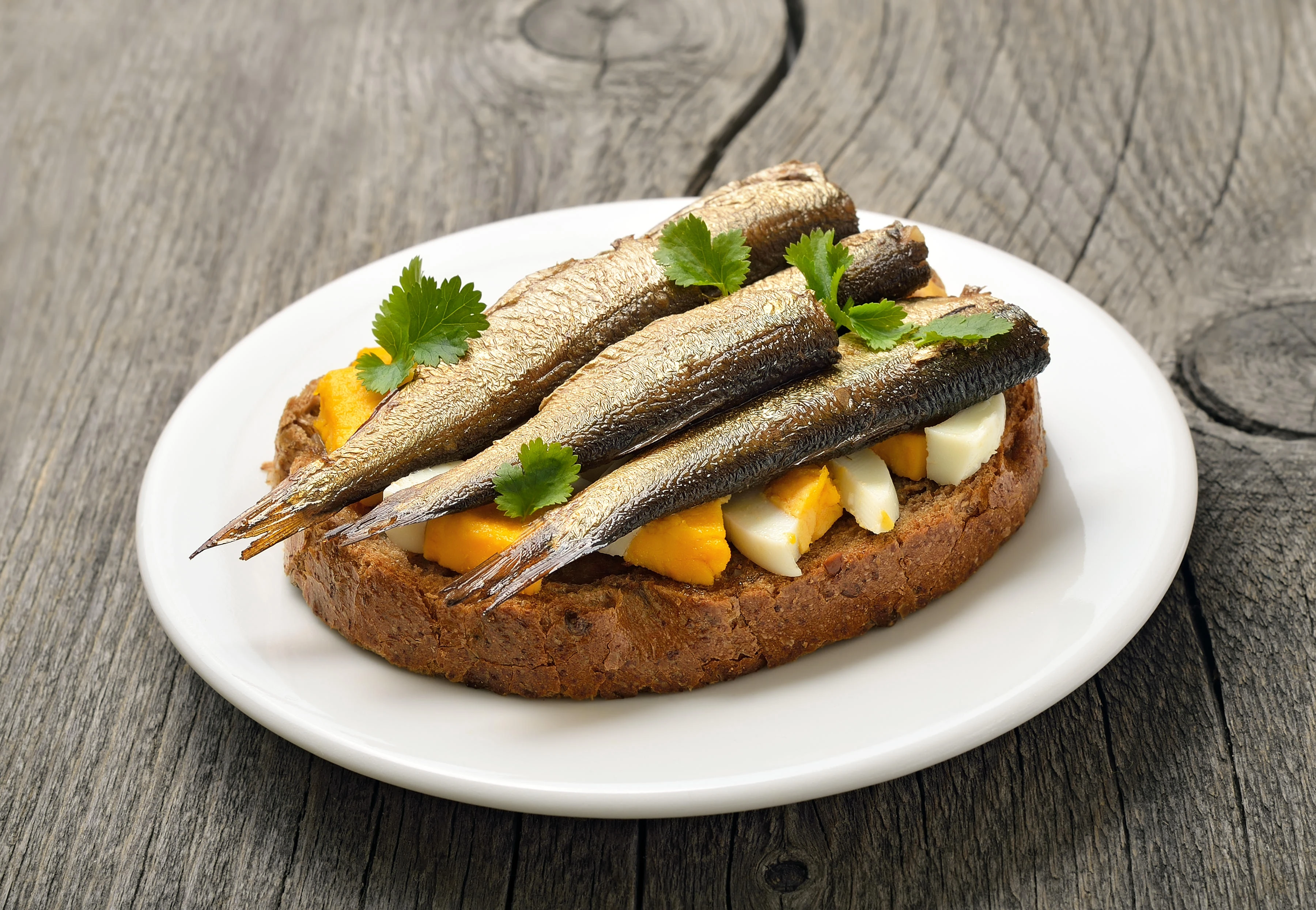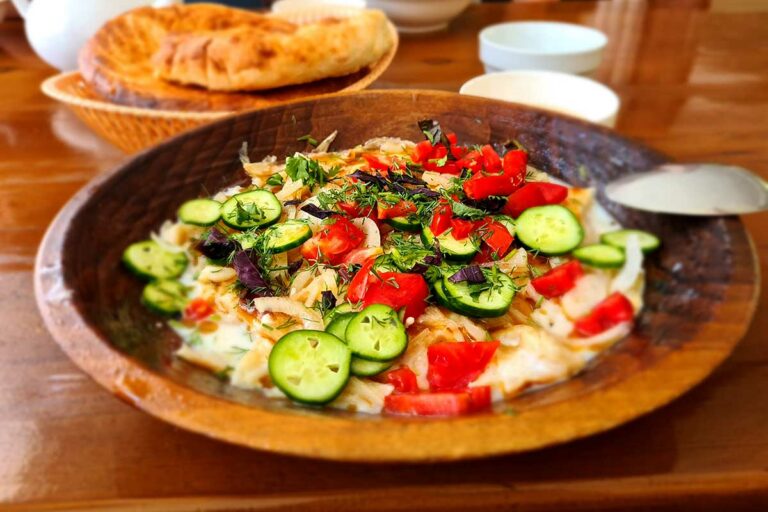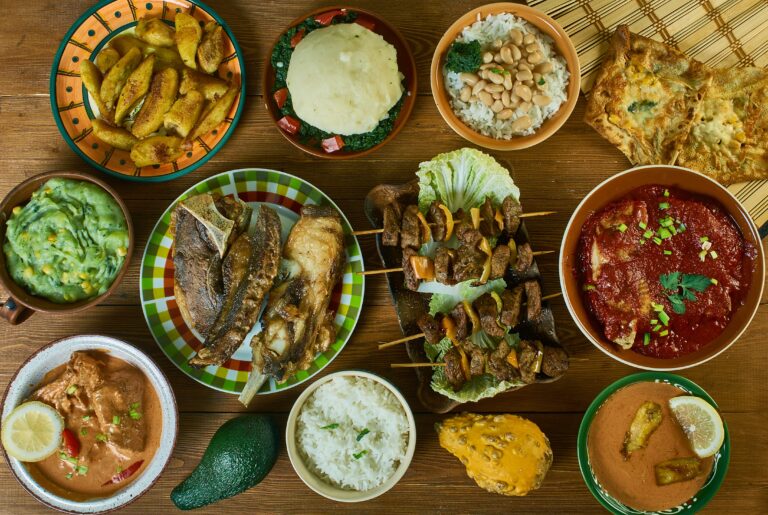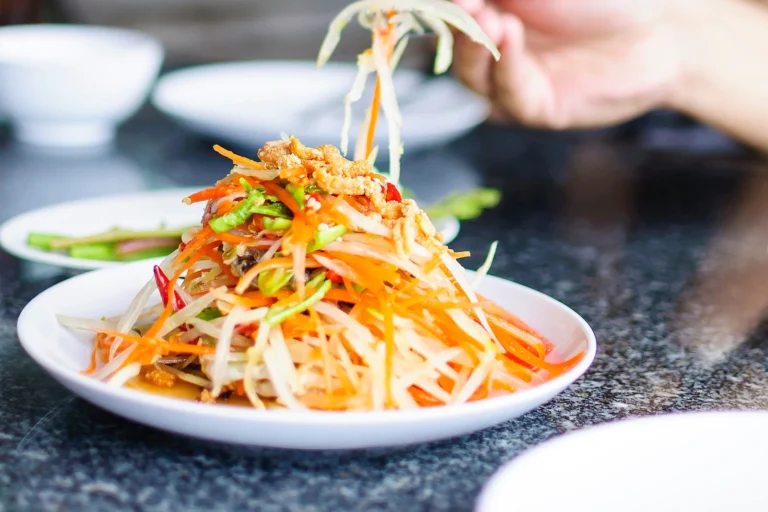Introduction: Seychelles’ cuisine
Seychelles is a country located in the Indian Ocean, northeast of Madagascar. Its cuisine is a fusion of different cultures due to its history of colonization and immigration. Seychellois dishes often feature seafood, rice, vegetables, and fruits. Spices and herbs are also essential components of Seychellois cooking, adding depth and complexity to the flavors of the dishes.
Spices and herbs in Seychellois cooking
Seychellois cuisine uses a wide variety of spices and herbs such as cinnamon, cloves, nutmeg, ginger, garlic, coriander, and basil. These spices and herbs are often used to flavor stews, curries, and sauces. Seychellois cooking also makes use of chili peppers, which add heat to the dishes. Coconut milk is another common ingredient in Seychellois dishes, giving them a creamy and rich texture.
The influence of Indian and African cuisine
The Seychelles’ cuisine is heavily influenced by Indian and African cooking styles. Indian spices such as cumin, turmeric, and cardamom are commonly used in Seychellois cooking, especially in curries. African cuisine is also reflected in Seychellois dishes, particularly in the use of yams, cassava, and plantains. Seychellois cuisine has also been influenced by French and British cooking, which can be seen in dishes such as bouillon and fish and chips.
Must-try spices: cinnamon, cloves, and nutmeg
Cinnamon, cloves, and nutmeg are the three spices that are most commonly used in Seychellois dishes. Cinnamon is used to flavor desserts and sweet dishes such as fruit salads, while cloves are used in stews, soups, and rice dishes. Nutmeg is a versatile spice that is used in savory dishes like fish curries and sweet dishes like coconut milk-based desserts.
Local ingredients: vanilla, coconut, and lemongrass
Seychelles is known for its vanilla, which is a key ingredient in many desserts and baked goods. Coconut is also a staple ingredient in Seychellois cooking, and is used in dishes such as fish curries, coconut milk-based stews, and desserts. Lemongrass is another local ingredient that is used to flavor soups, stews, and curries, adding a citrusy and herbal note to the dishes.
The role of seasoning in Seychellois dishes
Seasoning plays an important role in Seychellois cooking, as it enhances the flavor of the dishes. Seychellois chefs often season their dishes with salt, pepper, and herbs like thyme and bay leaves. A popular seasoning paste used in Seychellois cooking is called masala, which is made from ground spices like cumin, coriander, and turmeric. Seasoning is used to balance the flavors of the dishes, and to create a harmonious blend of spices and herbs.


